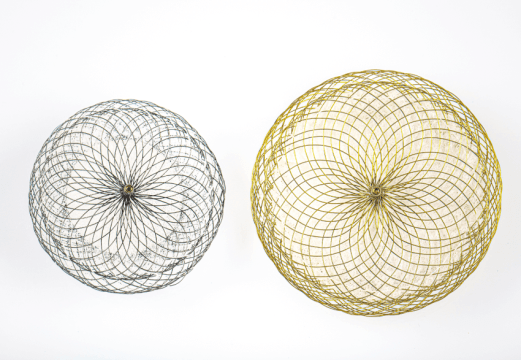Original title: A Clinical and Angiographic Study of the XIENCE V Everolimus-Eluting Coronary Stent System in the Treatment of Patients With Multivessel Coronary Artery Disease. The EXECUTIVE (EXecutive RCT: Evaluating XIENCE V in a Multi Vessel Disease) Trial. Reference: Flavio Ribichini et al. J Am Coll Cardiol Intv 2013. Article in press.
Drug-eluting stents (DES ) have emerged as an alternative to CABG in patients with multivessel disease, however the 1st generation of DES was inferior than the surgical strategy. Surgery superiority was observed especially in patients with intermediate or high SYNTAX score, while in those with low anatomical complexity angioplasty may be appropriate.
The new generation of DES with a safety profile and better effectiveness could reduce the gap with surgery in patients with multivessel disease. The Executive ( RCT Executive : Evaluating XIENCE V in a Multi Vessel Disease) aimed to test the efficacy of the everolimus -eluting stent XIENCE V (Abbott Vascular , Santa Clara , California ) in patients with lesions 2 or 3 vessels versus the paclitaxel eluting stent TAXUS Libertè (Boston Scientific, Natick, Massachusetts) in preventing neointimal hyperplasia at angiographic follow-up at 9 months . The study randomized 200 patients to XIENCE versus TAXUS and analogous, followed a prospective study with another 400 patients who received only XIENCE . Any epicardial artery could be treated with the exception of the left main coronary artery and a planned maximum of four stents implanted. The number of lesions treated was 2.5 ± 1.3 per patient with a low anatomical complexity (SYNTAX score 12.7 ± 5.24 ) and an intermediate clinical risk ( logistic EuroSCORE 4.79 ± 5.6). The primary end point (in-stent late lumen loss) was significantly lower in the XIENCE ( -0.03 ± 0.49 versus 0.23 ± 0.51 mm , p < 0.001 ). At one year combined death, infarctation and revascularization, motivated by ischemia was similar between groups ( 11.1 % for XIENCE versus 16.5 % for TAXUS; p = 0.30 ).
Conclusion:
EXECUTIVE study shows that in patients with multivessel disease and low SYNTAX score, angioplasty with Everolimus eluting stent XIENCE V, has better angiographic results than the TAXUS stent .
Editorial Comment:
This work , which was not powered to observe statistical differences in clinical end points shows the subset of patients ideal for multi-vessel angioplasty nowadays. The ongoing study EXCEL adds information to the EXECUTIVE trial upon the results in the left main coronary artery using XIENCE PRIME versus surgery.
SOLACI.ORG





